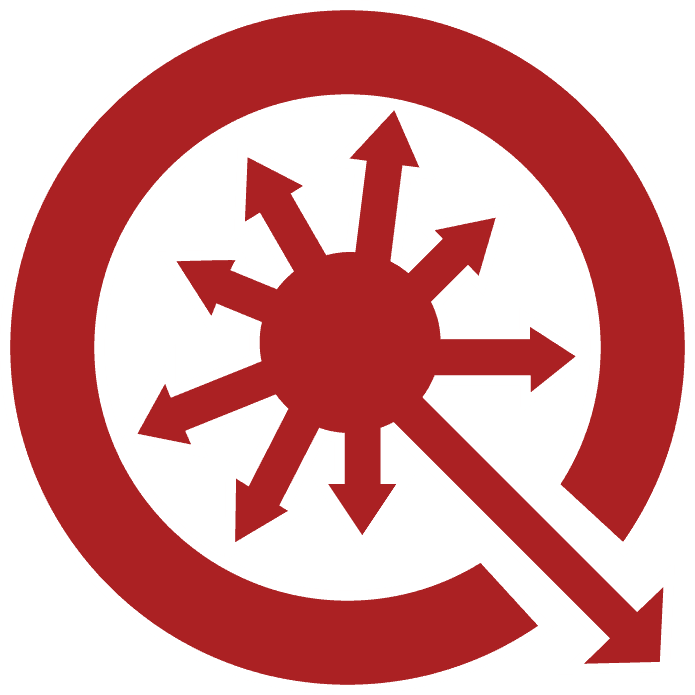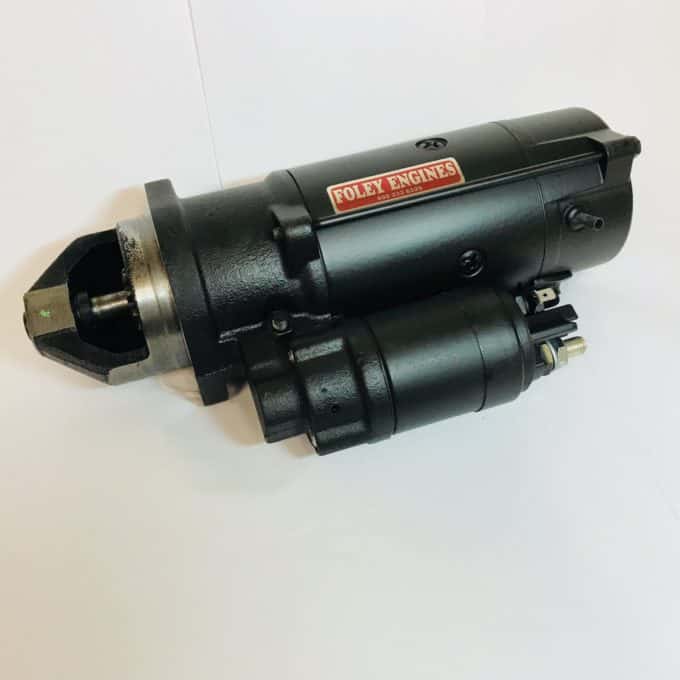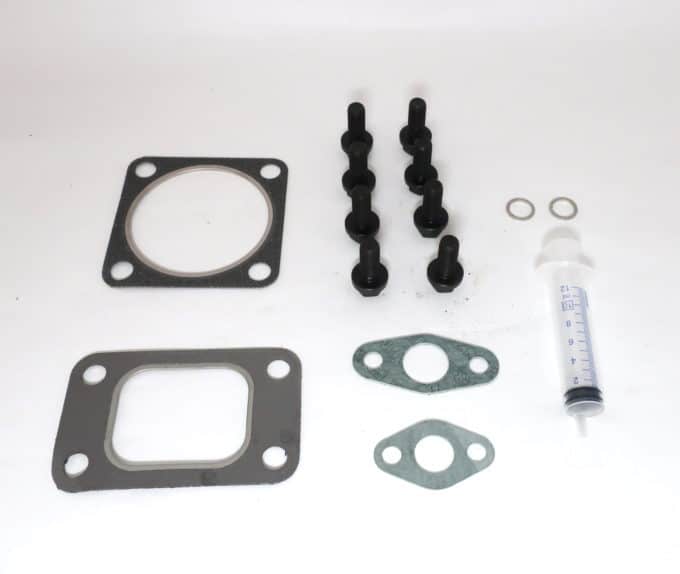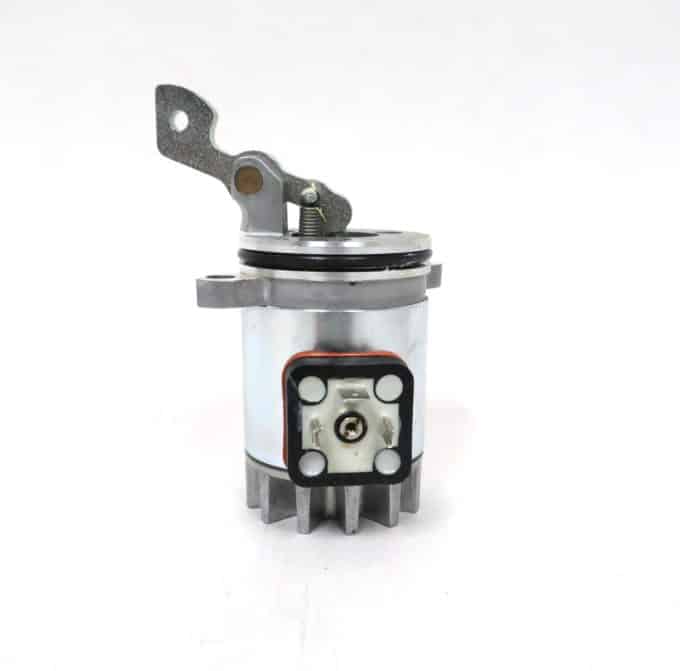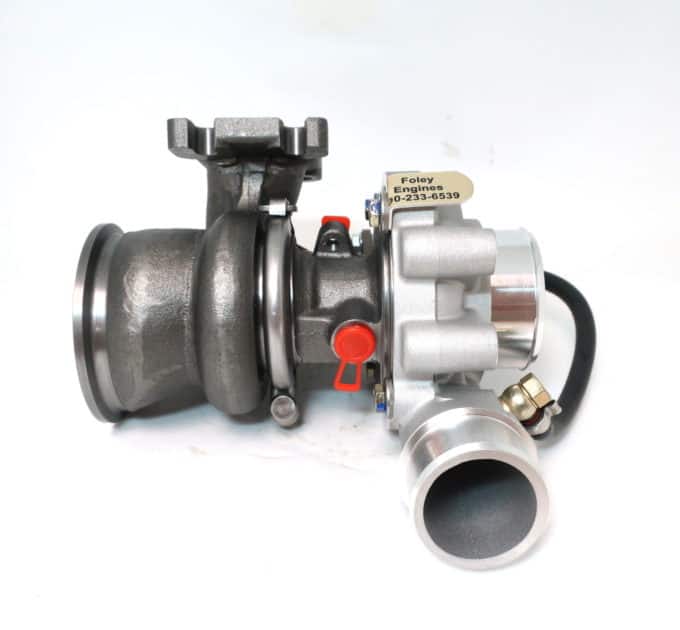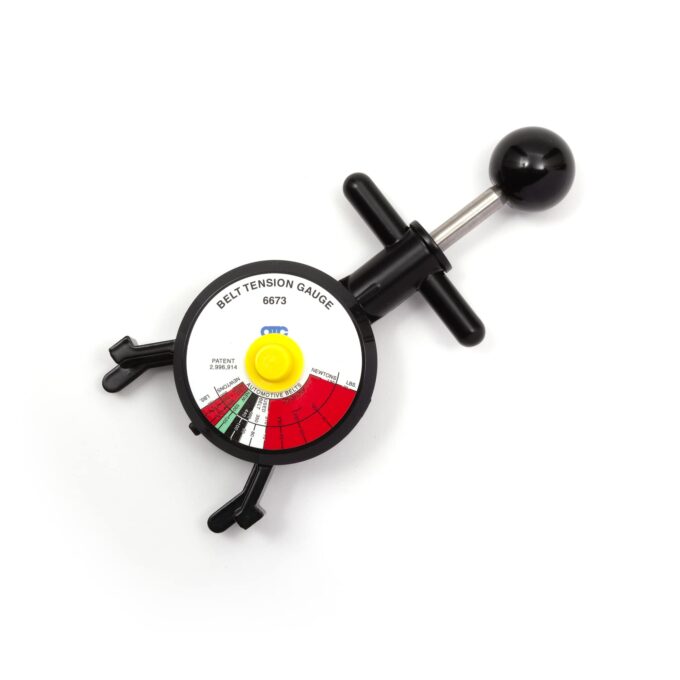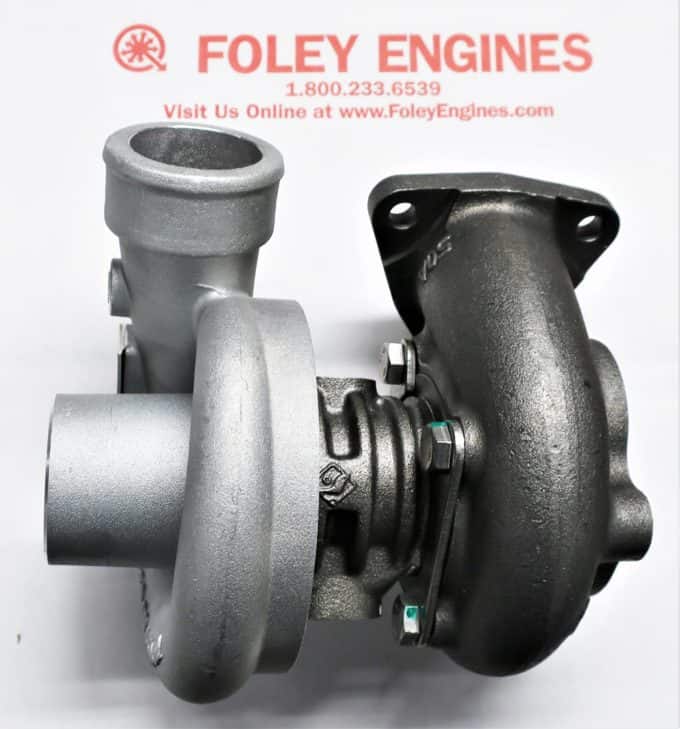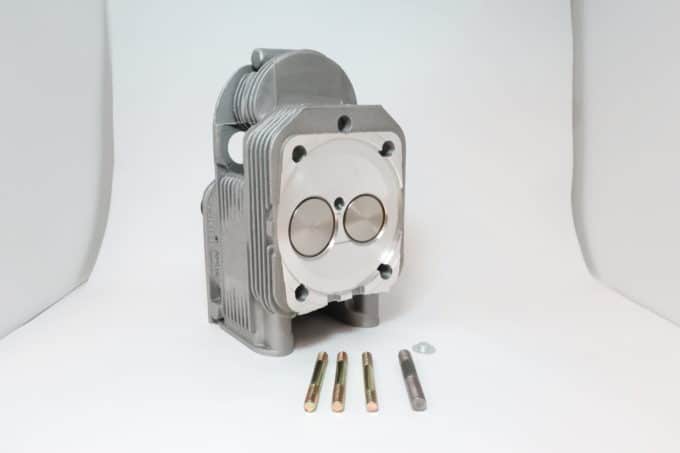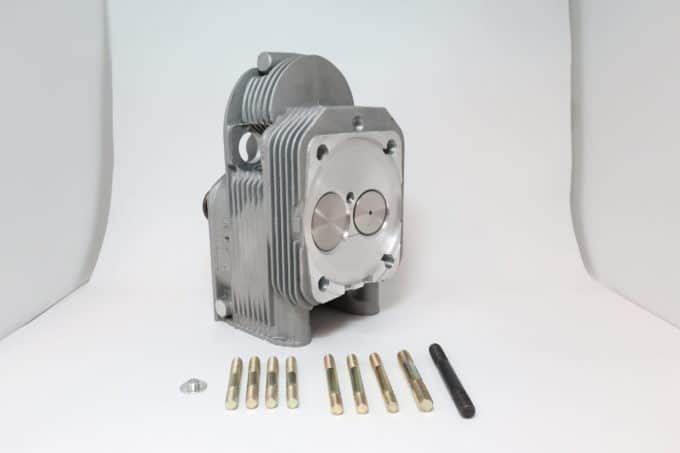This Tech Tip is one of a series we publish for the industrial engine community.
See
- Tech Tip #5: Perkins and Deutz Gasket Paper: What to Use in a Pinch
- Tech Tip #69: 7 Steps to Waking up the Hibernating Engine—Gently
- Tech Tip #72: Saving Worn Deutz, Continental and Wisconsin Blocks
- Tech Tip #86: Deutz Diesel Fuel Systems,
- Tech Tip #160: Deutz Diesel Electronic Shutoff Solenoid Selection,
- Tech Tip #83: Deutz Diesel Crankshafts: A Cautionary Note
for examples.
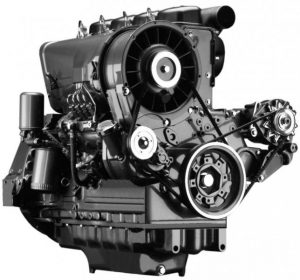 You know a lot of people sweat Deutz diesel liners. It must be because the Deutz 912 series diesel is an air-cooled German engine and everyone knows German air-cooled engines (such as Porsche and VW) are not exactly joys to work on. But here, in just six paragraphs, is all you really have to know about Deutz 912 diesel cylinder liner installation.
You know a lot of people sweat Deutz diesel liners. It must be because the Deutz 912 series diesel is an air-cooled German engine and everyone knows German air-cooled engines (such as Porsche and VW) are not exactly joys to work on. But here, in just six paragraphs, is all you really have to know about Deutz 912 diesel cylinder liner installation.
1. Identifying your Deutz
Which Deutz 912 do you have? There are basically two series of 912 engines, early and late. They are different engines. The cross over point from early to late is October, 1997 and is determined by serial number. Call us with your serial number and we will unscramble it for you. The following YouTube video on the Foley Engines channel: https://www.youtube.com/watch?v=axh3wLmC5DY describes where to find your Deutz 912/913 serial number.
2. Deutz Head Gasket Sealing
Deutz diesel engines, like Perkins diesel engines, rely on cylinder liner protrusion to help the head gasket seal the gap between the head and the block. They do this by specifying that the liner should stick up out of the bore a certain amount to catch the head gasket. This is called using liner protrusion to accomplish head gasket “crush.”
3. Deutz Liner Height Specifications
Deutz doesn’t make it easy for you to get their specs. But here are the specs for the Deutz diesel liner protrusion that produces the correct “crush.” The early 912s have liners that should be installed to protrude 37.3 mm above the fire deck. The late Deutz 912 liners should protrude about 36.8 mm above the deck.
4. How Do You Set the Liner Height on a Deutz 912/913?
OK, now that we now what the height of the liner should be, how do we set it? Deutz suggests using base gaskets or shims. With a height difference of .5 mm, the new Deutz diesel liners usually take thicker shims. These base gaskets or shims come from Deutz in three sizes (2mm, 3mm, and 8mm).
5. How Do You Check Proper Height on a Deutz 912/913?
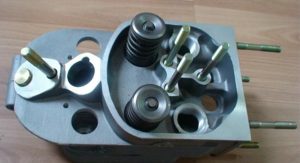 Here is the way we check for proper liner height. When assembling the engine, install two .2mm shims and one .5mm shim under the cylinder sleeve. Tighten the cylinder jugs to its proper torque specification with all three shims in between the liner and the block. Then place a ball of solder on the center of the piston. The next step is to torque the head on to its proper torque spec. After this is done, rotate the engine one full 360-degree revolution. This will cause the ball of solder to crush in the chamber and give you a precise measurement on the clearance in the combustion chamber (you will have to take the head back off and take the solder out of the engine). You will want the solder to measure 1mm to 1.2mm after the engine is turned over 360 degrees. If this procedure does not help you obtain the correct dimension, you simply loosen the cylinder liner and slide it up enough to “snip” one of the .2mm shims out and then discard it. Once you have “snipped” the .2mm shim out, the next step is to reinstall everything and start with a fresh ball of solder.
Here is the way we check for proper liner height. When assembling the engine, install two .2mm shims and one .5mm shim under the cylinder sleeve. Tighten the cylinder jugs to its proper torque specification with all three shims in between the liner and the block. Then place a ball of solder on the center of the piston. The next step is to torque the head on to its proper torque spec. After this is done, rotate the engine one full 360-degree revolution. This will cause the ball of solder to crush in the chamber and give you a precise measurement on the clearance in the combustion chamber (you will have to take the head back off and take the solder out of the engine). You will want the solder to measure 1mm to 1.2mm after the engine is turned over 360 degrees. If this procedure does not help you obtain the correct dimension, you simply loosen the cylinder liner and slide it up enough to “snip” one of the .2mm shims out and then discard it. Once you have “snipped” the .2mm shim out, the next step is to reinstall everything and start with a fresh ball of solder.
6. Other important information about shimming the 912 and 913 Deutz
If you are still having difficulty shimming the head to the correct height, there is still hope for you. If you install the three lower shims as described above and the clearance is still too small, Foley Engines offers different fire ring heights. If you find the deck height clearance is still too tight in your Deutz 912, you can install larger head gaskets (fire rings). Foley Engines offers an array of different fire ring heights for the Deutz 912 diesel. These are available in 1.1mm, 1.15mm, 1.25mm and 1.5mm.
